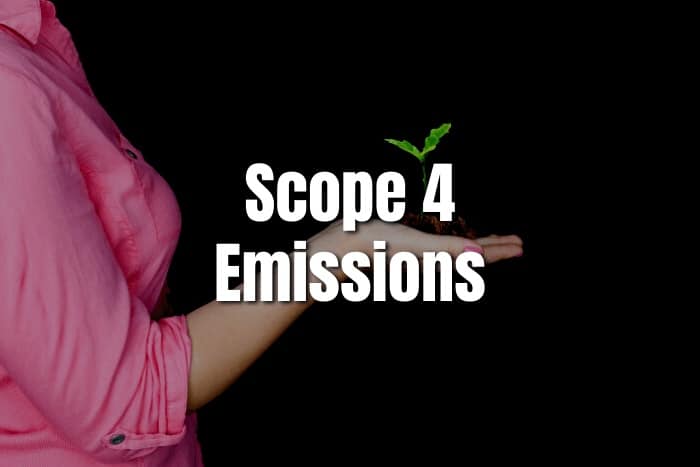As the global economy is racing to net zero emissions, Environmental, Social, and Governmental (ESG) investors are considering how they can measure the Scope 4 emissions into their analysis.
The path to net zero has been the common direction as the world tackles climate change. But taking this road calls for going beyond the common ways of categorizing various emissions into different scopes.
Many are familiar with the Scope 1, 2, and 3 emissions. Yet, we also have to take into account the climate-related benefits of new technologies and products. Or what is otherwise called the Scope 4 emissions.
This new category refers to the emissions saved or avoided for customers/clients due to product performance.
ESG investors are now thinking about factoring this kind of emissions into their portfolio analysis.
Who Should Measure Scope 4?
The first three emissions sources are well-known within the investment world. But Scope 4 emissions emerge as the new disclosure frontier for investors to ponder.
Scope 4 emissions are the avoided emissions happening outside of a product’s life cycle or value chain.
Integrating it is crucial when an investor prefers a holistic approach on a firm’s contribution to Paris Agreement climate goals.
The common examples of companies adopting this new emissions disclosure are in the capital goods sector. They develop and provide a wide range of parts and even automation solutions.
As such, they’re in the position to allow for energy efficiency, green mobility, and decarbonization of electricity systems for a broad range of products.
More significantly, they provide equipment and technological solutions to the end-users of the products. These users are often the largest emitting sectors affected by climate regulations.
Take for instance the case of Schneider Electric, a French company that focuses on digital automation and energy management. Through its variable speed drives (VSDs), the company offers a specific example of generating saved and avoided emissions on electricity use.
Using the VSDs allows customers to save on energy consumption by motors by regulating speed and rotational force.
Most notably, the energy company distinguishes between its saved and avoided emissions per type of product installation. The firm is also using a forward-looking energy mix in calculating Scope 4 emissions.
Plus, it’s even more interesting to note that Schneider Electric reports sales by country. This enables them to adjust for national electricity generation sources. They can also measure different averages for the emissions of purchased electricity by nation and by year.
For example, one of its advanced platforms helped product users to save as much as 134 million metric tonnes of carbon dioxide since 2018. This is equal to the emissions of 28+ million gas-powered passenger cars driven for a year.
Key Barrier in Reporting Scope 4
Apart from a limited method of disclosure, the biggest challenge in reporting Scope 4 emissions is the lack of standardization. This means firms need to have their own way to account for this emission and report any saved or avoided emissions.
But this issue is manageable as Scope 4 emissions are still in its early stage. And given the lack of standards in this field, firms can be transparent in their reporting methods and in auditing their annual reports.
For instance, when reporting saved/avoided emissions, companies must not deduct these from their real emissions to prevent mixing theoretical and real figures.
Rather, firms may apply a ratio approach where they report Scope 1, 2, and 3 emissions over saved/avoided emissions.
How Should Investors Take This?
The world is witnessing great efforts on avoiding emissions via the net zero pledges from corporations. But measuring scope 4 emissions is very new.
So getting consensus on measurement methods and improving transparency in reporting can improve its usefulness to investors.
It can also help bring a consensus among climate standards and bodies as to how to include Scope 4 emissions officially in climate goals. It’s not an official category of the GHG Protocol.
So, it doesn’t count towards a firm’s total emissions reductions right now.
Instead, it represents a theoretical measurement of emissions via a reference scenario only. This often involves comparing products to the average market solution. It’s a solution that’s previously in place or a previous generation of a product.
Measuring this metric enables the economy to appreciate the products’ decarbonization power. It also shows a company’s innovative quality.
Not to mention that the three known emissions scopes have their own limitations, too. They may understate the climate positive value of products.
Finally, disclosing Scope 4 emissions doesn’t only favor sustainability reputation but it can also show the real added value a company makes towards its ESG agenda.

